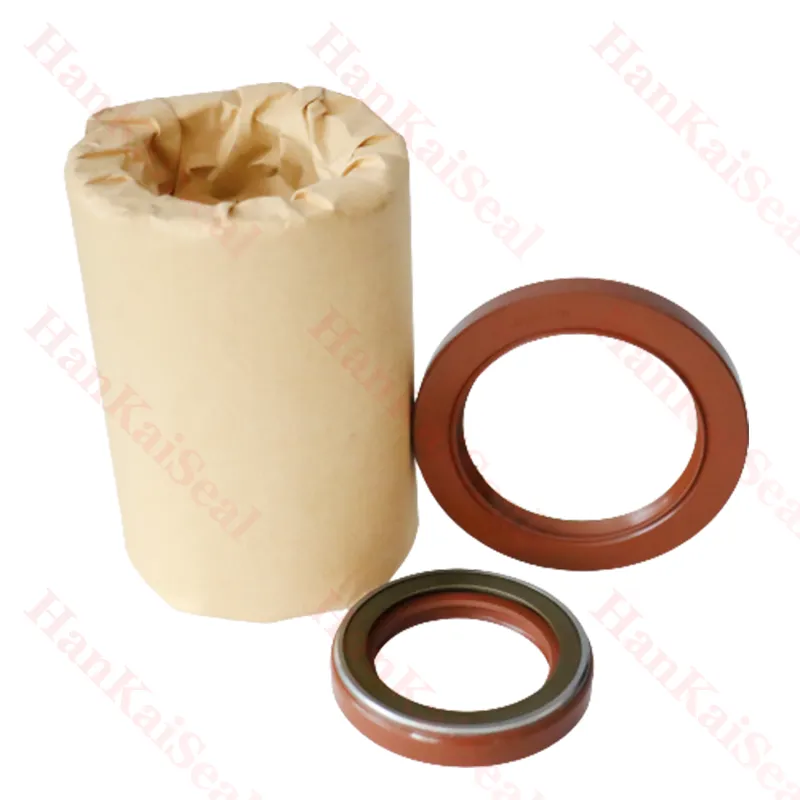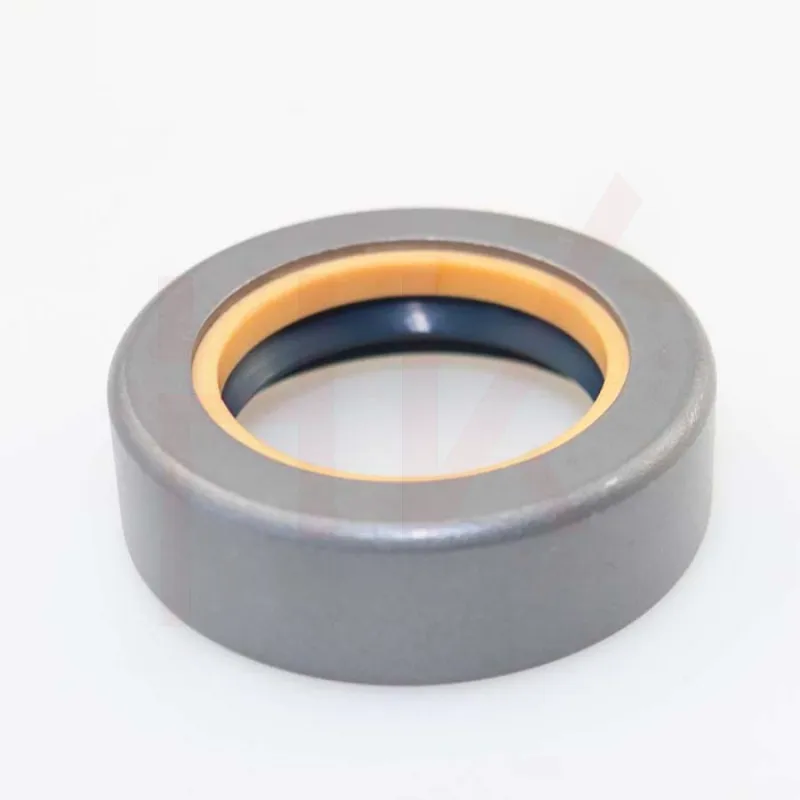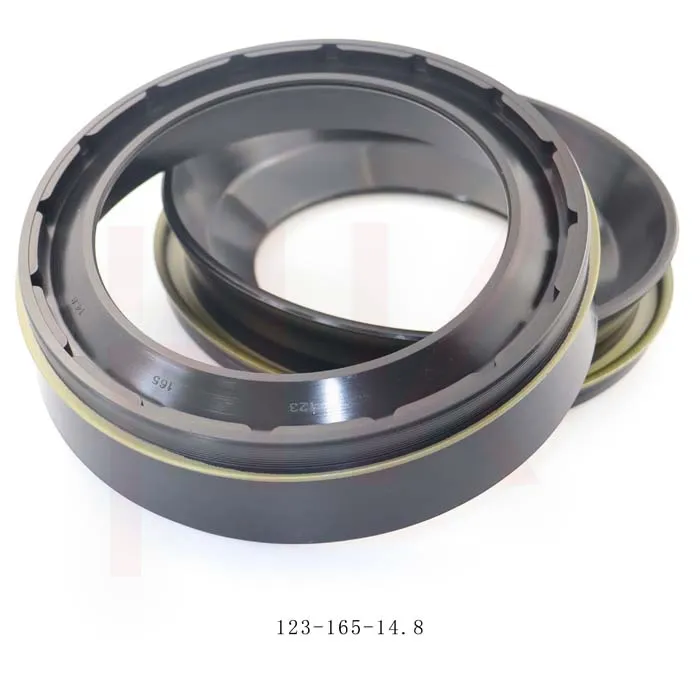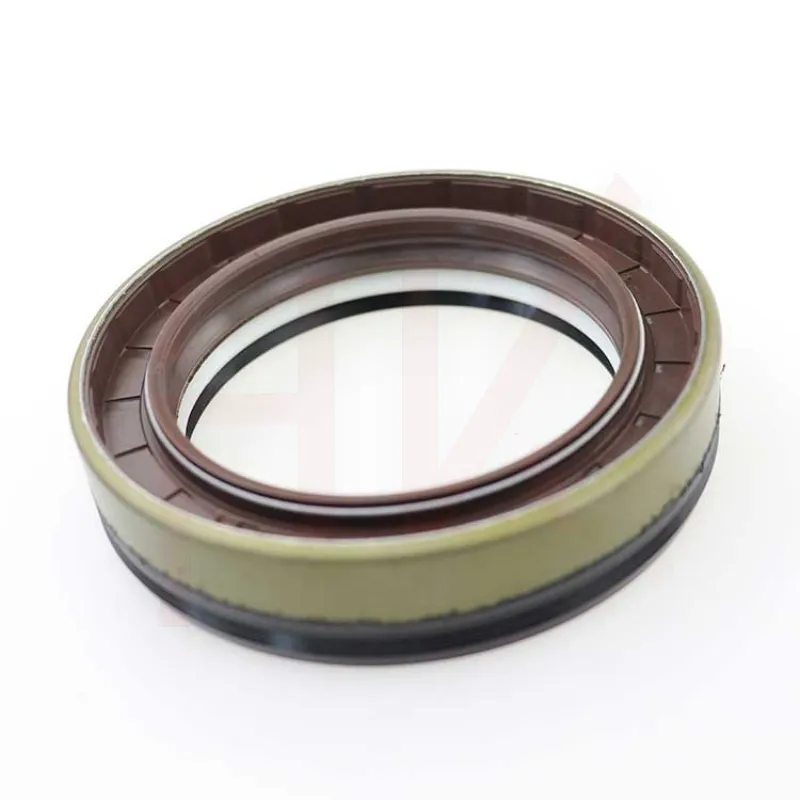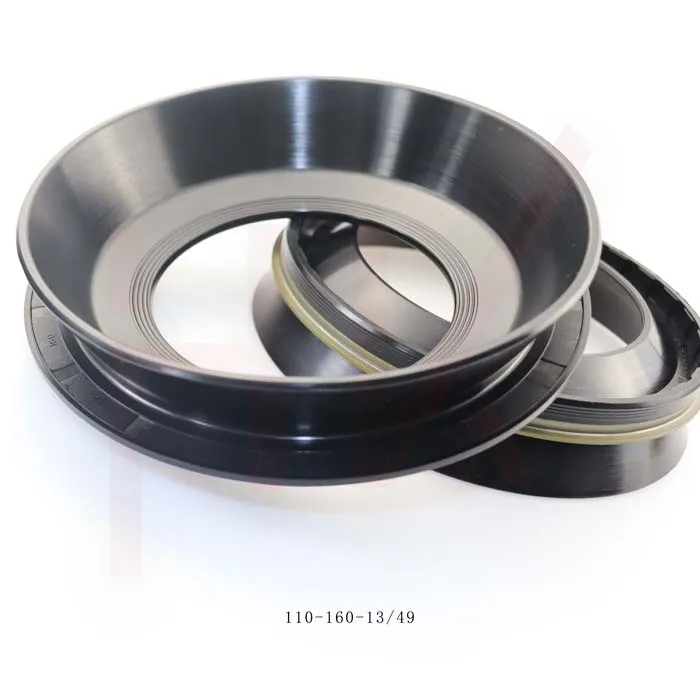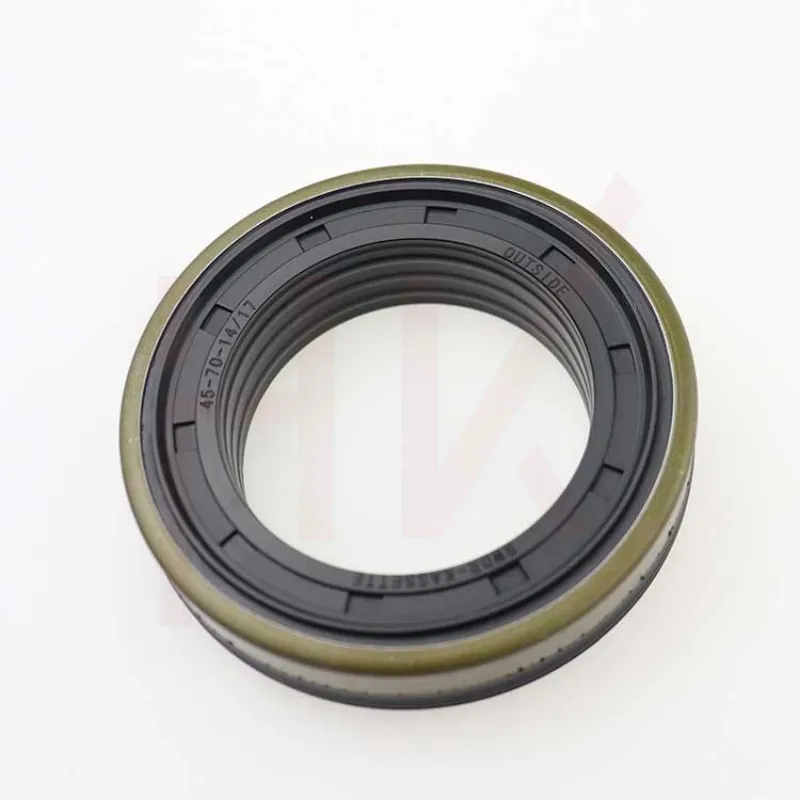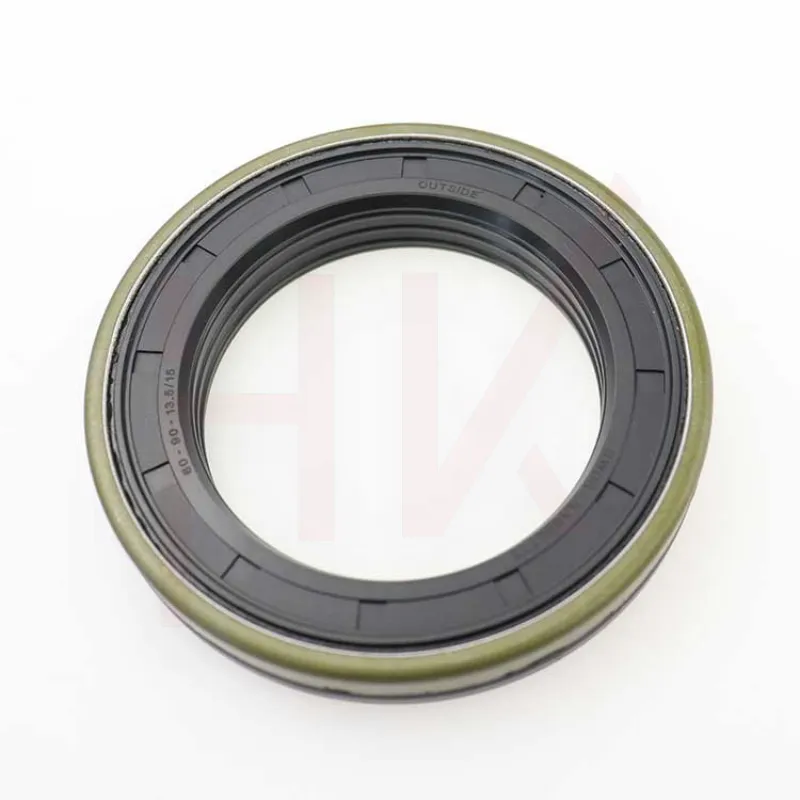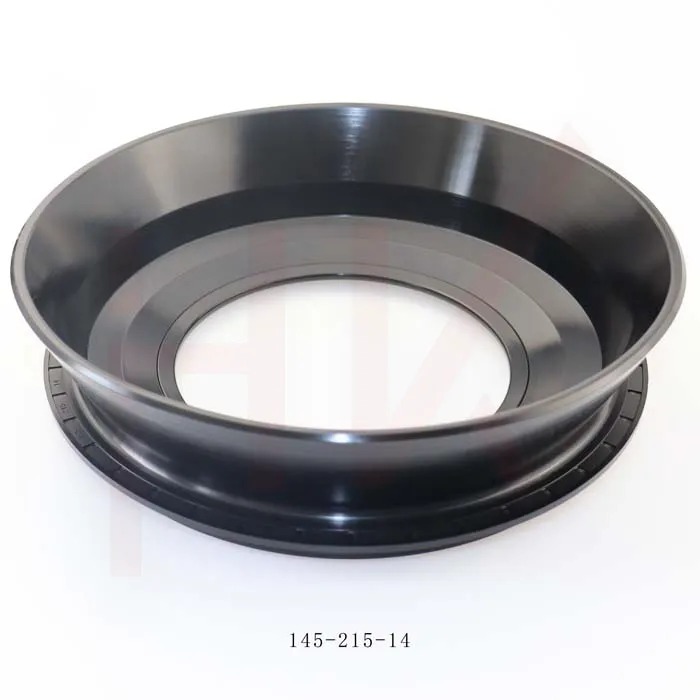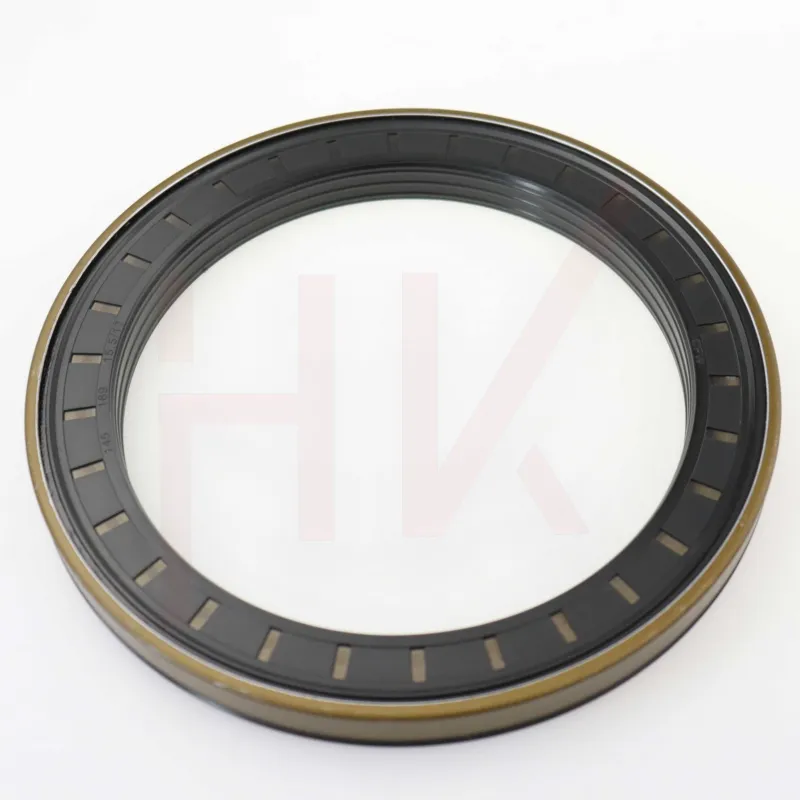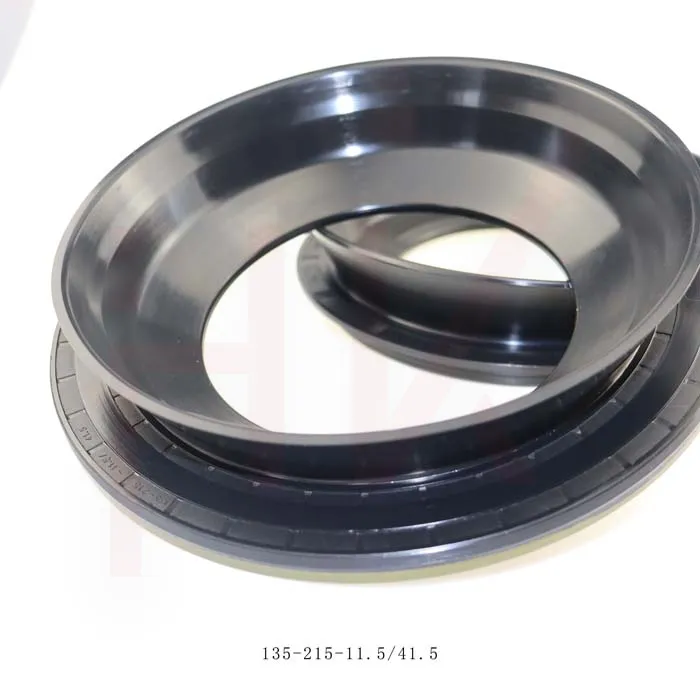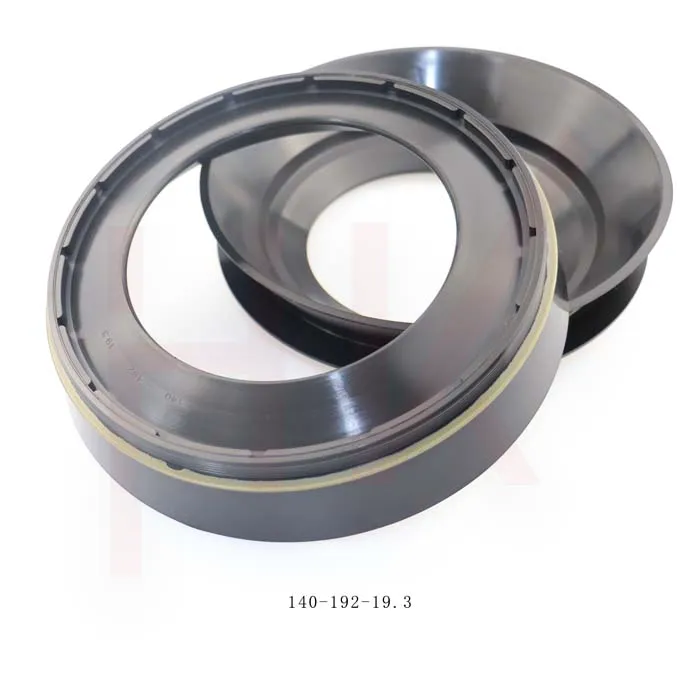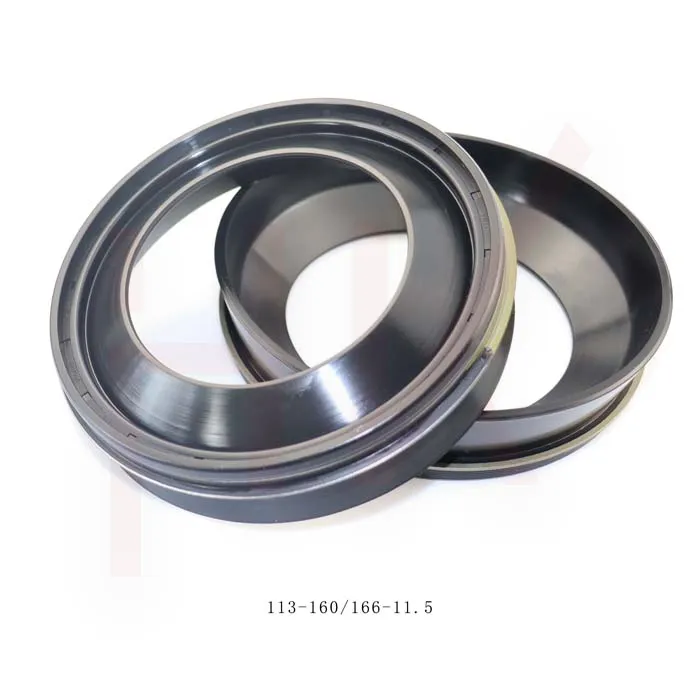Nov . 18, 2025 11:00 Back to list
Defender Rear Hub Seal – Durable Sealing Solutions for Vehicle Hubs | HKAI Seal
What’s the Deal with Defender Rear Hub Seals and Why Should We Care?
If you’ve ever stared under the wheel of a vehicle or prowled around industrial machinery, you might have noticed that tiny but crucial part — the defender rear hub seal. It’s humble, rarely steals the spotlight, yet its role in maintaining vehicle health and operational integrity is massive. Globally, with millions of vehicles operating daily under all kinds of conditions, something as simple as a well-functioning rear hub seal can save thousands in repairs, reduce environmental risks, and ensure safety on the roads or work sites. Understanding the defender rear hub seal isn’t just a niche mechanic’s obsession; it speaks to real-world issues like durability, sustainability, and cost-efficiency that ripple through international transport logistics and manufacturing industries worldwide. So let’s dive into what this component is and why it’s quietly indispensable.The Global Context: Why Defender Rear Hub Seals Matter
Transportation’s footprint on the global economy is staggering. According to the International Organization of Motor Vehicle Manufacturers (OICA), there are over 1.4 billion vehicles on the road worldwide as of recent years. That’s an incredible load of moving metal needing regular maintenance. The defender rear hub seal is a gatekeeper against contamination, protecting wheel bearings from dirt, water, and grease loss. In many emerging markets, where roads are rough and weather conditions brutal, the reliability and longevity of vehicle components can dramatically impact both daily operations and economic stability. Faulty or worn rear hub seals often lead to wheel bearing failure, causing costly downtime and potential safety hazards. For fleets—whether logistics companies in Southeast Asia or agricultural vehicles in Africa—maintenance costs spiral if seals aren’t up to par. Plus, from an environmental perspective, seals that fail can leak lubricants onto roads or soil with negative effects seen downstream. The ISO even sets standards on automotive sealing components emphasizing durability and materials resilience to reduce waste and improve efficiency. So, this little part punches well above its weight.Defining the Defender Rear Hub Seal
Put simply, a defender rear hub seal is a specialized rubber or composite gasket installed within the hub assembly at the rear wheel of a vehicle. It’s designed primarily to keep lubricants inside the hub and keep contaminants like dust, mud, and water out. Why does that matter? Well, wheel hubs house bearings critical to smooth rotation. Without a good seal, those bearings gallop toward failure, increasing friction, generating heat, and ultimately causing damage. In modern industries, from automotive manufacturing to humanitarian aid (e.g., providing durable vehicles in tough terrains), the quality of rear hub seals directly impacts operational reliability. For example, 4x4 vehicles often used in disaster response settings benefit from superior sealing that reduces maintenance frequency and extends vehicle lifespan.Core Factors of Defender Rear Hub Seals
Durability and Material Engineering
Defender rear hub seals usually employ high-grade synthetic rubbers like nitrile or fluoroelastomer compounds that resist heat, chemicals, and abrasion. This means they can survive challenging environments — be it desert dust or muddy tracks — without cracking or degrading for tens of thousands of miles.Precision Fit and Design
A seal that doesn’t fit perfectly risks being ineffective. Manufacturers often customize seals for exact hub dimensions, sometimes adding multiple lips to stop grease from leaking while blocking contaminants aggressively. Oddly enough, even minor imperfections in molding can lead to early failures.Cost Efficiency and Replaceability
While seals aren’t expensive individually (usually under $30 retail), damaged seals can cause wheel bearing replacements—often running into hundreds of dollars. Plus, high-quality seals may cost more initially but prove incredibly cost-effective over vehicle lifetimes thanks to fewer repairs and less downtime.Environmental Protection
As noted, preventing lubricant leaks not only protects the vehicle but also reduces environmental contamination, a growing concern recognized by bodies like the United Nations Environmental Programme. Quality seals help keep vehicles cleaner and safer.Compatibility and Versatility
Defender rear hub seals fit a wide range of vehicles, from Land Rovers (hence “defender”) to commercial trucks and agricultural machinery, making them a versatile fix. Custom kits are available for many classic and modern vehicles alike.Summary Mini-Takeaway
> Defender rear hub seals combine advanced material science and precision design to protect critical wheel components, saving money, enhancing safety, and supporting sustainability initiatives worldwide.Where Are Defender Rear Hub Seals Used Around the World?
Globally, these seals turn up in diverse, often demanding settings. - Off-road and adventure vehicles: 4x4s and SUVs, especially the iconic Land Rover Defender, rely heavily on high-quality seals to survive muddy trails and river crossings in Africa, Australia, and South America. - Commercial trucks and delivery fleets: In Europe and North America, frequent stop-start driving places strain on hubs, making seals critical in reducing service intervals. - Industrial machinery: Heavy equipment like cranes and forklifts use similar hub assemblies and require durable seals to maintain uptime in factories and ports worldwide. - Humanitarian aid vehicles: NGOs employing rugged vehicles in disaster zones, say, post-earthquake Haiti, choose trusted hub seals to minimize maintenance when parts availability is minimal. - Agricultural equipment: Tractors and harvesters plowing through dirt fields in India and the US need seals that resist dust and moisture to ensure continuous operation. One standout example: a mining company in Western Australia reported reducing wheel bearing failures by over 30% after switching to higher-spec defender rear hub seals — saving significant maintenance costs and avoiding unscheduled downtime in remote desert sites.Advantages and Long-Term Value of Defender Rear Hub Seals
When you invest in a solid defender rear hub seal, you’re signing up for: - Cost savings: Fewer replacements and repairs mean lower total ownership costs. - Reliability: Less downtime increases vehicle availability—essential for commercial operations. - Environmental benefits: Minimized grease leakage aligns with stricter regulations and corporate responsibility. - Safety: Preventing bearing failure reduces accident risks related to wheel lockup or detachment. - Peace of mind: Drivers and fleet managers sleep easier knowing seals won’t fail suddenly. - Innovation: Material upgrades keep pace with tightening vehicle emission and maintenance standards. Frankly, it’s one of those small investments that pay off quietly but massively over time. You don’t always notice a good seal — but you sure notice when it’s gone.Future Trends & Innovations in Hub Seal Technology
The future in defender rear hub seals is leaning heavily toward: - Advanced materials: New polymers and composites offering even greater wear resistance and temperature tolerance. - Eco-friendly production: Some manufacturers now use bio-based rubbers or recyclable materials reducing carbon footprints. - Smart sealing systems: Embedded sensors detecting leakage early, connecting to maintenance platforms via IoT, enhancing predictive care. - Customization & rapid prototyping: 3D printing techniques speeding up seal design for rare or legacy vehicles. - Enhanced testing standards: ISO and SAE bodies pushing stricter certification processes ensuring only top-grade seals enter the market. All this means seals won’t just be passive bits of rubber anymore — they’ll be smarter, greener, and tailored like never before.Common Challenges and Practical Solutions
Sure, no tech is perfect. Some challenges include: - Seal wear from extreme debris: In mining or logging, abrasive materials shorten seal life. - Improper installation: Even the best seal fails if fitted badly. - Compatibility issues: Using generic seals that don’t meet exact hub specs can cause leaks. - Supply chain delays: In remote regions, replacement seals aren’t always immediately available. Solutions vary but experts recommend: - Training technicians on correct installation techniques. - Specifying seals made for local conditions. - Stocking critical parts ahead of time. - Leveraging online suppliers like defender rear hub seal vendors who offer fast shipping and customization.Practical FAQs About Defender Rear Hub Seals
Q1. How often should I replace my defender rear hub seals?Generally, seals last between 60,000 and 100,000 miles, depending on conditions. But regular inspection during oil changes or wheel services helps catch leaks early.
Q2. Can I use a generic seal on my Land Rover Defender?
It’s tempting, but manufacturer-specific seals usually provide better fit and durability, reducing risk of contamination and extending bearing life.
Q3. What signs point to a failing rear hub seal?
Look for grease leaking near the wheel, unusual noise from the hub, or wheel vibration – all signs bearings may be at risk.
Q4. Are aftermarket seals as reliable as OEM parts?
Quality aftermarket seals can match or exceed OEM specs if sourced from reputable suppliers with verified materials and certifications.
Q5. How does climate affect seal choice?
Extreme heat, cold, or moisture require different rubber compounds or designs to maintain elasticity and sealing ability over time.
Product Specifications: Defender Rear Hub Seal Sample
| Specification | Details |
|---|---|
| Material | Nitrile Rubber (NBR) |
| Temperature Range | -40°C to +120°C |
| Outer Diameter | 85 mm |
| Inner Diameter | 65 mm |
| Seal Type | Double Lip |
| Color | Black |
Vendor Comparison for Defender Rear Hub Seals
| Vendor | Product Range | Lead Time | Price Range | Global Shipping |
|---|---|---|---|---|
| HKAI Seal | Wide (Land Rover & more) | 3-5 business days | $15-$30 | Yes |
| SealsCo | Moderate (OEM focus) | 5-7 business days | $20-$35 | Limited |
| GlobalParts | Extensive (multi-brand) | 7-10 business days | $12-$28 | Yes |
Final Thoughts
In the grand scheme, a defender rear hub seal might sound trivial. But it embodies the kind of no-nonsense engineering that powers industries quietly yet crucially. Investing in quality seals doesn’t just keep bearings happy — it safeguards routines, livelihoods, and forests of paperwork spent on repairs and replacements. With continual material innovation and smarter maintenance tools, these seals will become even more critical in vehicles that venture farther, tougher, and greener. If you’re scouting dependable seals tailored to your needs, I recommend checking out defender rear hub seal suppliers who offer customizable options with rapid delivery. ---References
-
Reliable Oil Seal Wheel Hub Solutions for Industrial & Automotive Use
NewsNov.17,2025
-
Durable Front Hub Oil Solutions for Industry – HKAiSeal
NewsNov.17,2025
-
Wholesale Hydraulic Pump Motor Seal Kit A4VSO250 | In Stock
NewsNov.17,2025
-
Pump Seal Kits: Essential Components for Industrial Reliability
NewsNov.17,2025
-
TCV Oil Seal - Double-Lip, Spring-Loaded, High Temp & Wear
NewsNov.17,2025
-
Hydraulic Seal Kits: Reliable Solutions for Industrial Equipment
NewsNov.17,2025
-
Combined oil seal 659214 12001903B, fits 119990, NBR OEM
NewsNov.17,2025
Products categories

